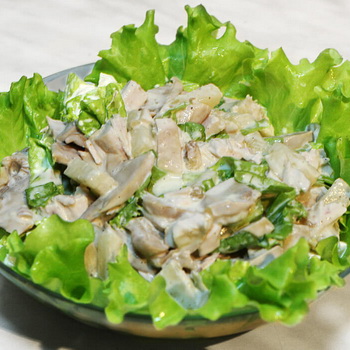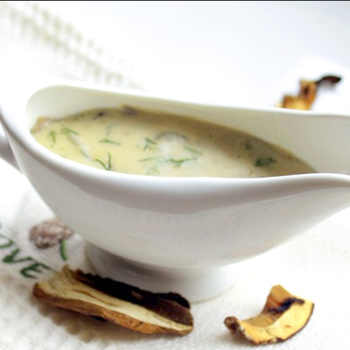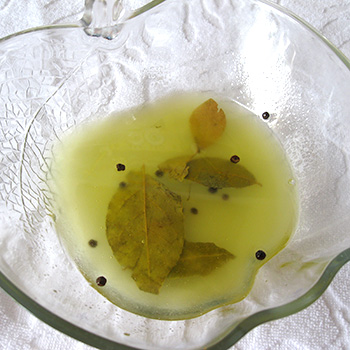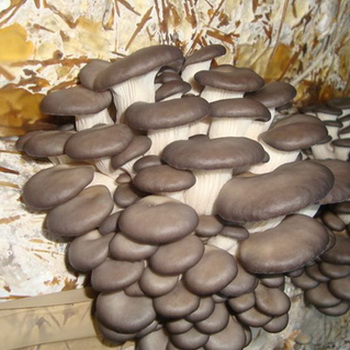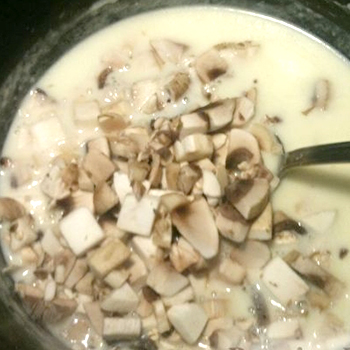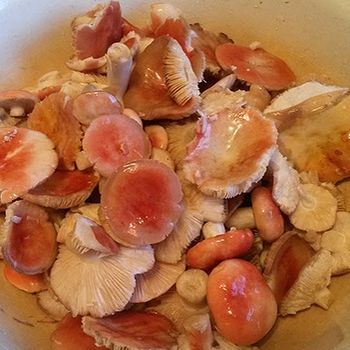Auricularia auricular
 Category: edible.
Category: edible.
Fruit body (diameter 5-11 cm, height 7-9 cm): in shape and size, it is very similar to the auricle of an adult. In adult mushrooms, it is covered with small hairs, it can be wrinkled or mottled with veins. Auricular auricular is available in any shade of orange or brown; the inside is usually slightly darker than the outside.
Pulp: transparent to light and very thin. A broken mushroom in the open air quickly shrivels and hardens.
Doubles: absent.
When it grows: year-round in the northern temperate zone of the Eurasian continent, less commonly found in North America.
Where can I find: in deciduous forests with high humidity. Grows on dead trees. In addition to elderberry, he prefers alder, less often oaks or maples.
Eating: it is not used in domestic cooking, but is highly valued in the East (in China) as an ingredient in salads and soups. Often sold dried. Immediately before cooking, the auricularia mushroom is soaked, after which it brightens and increases several times in size.
Application in traditional medicine (the data have not been confirmed and have not undergone clinical studies!): Slavic peoples with tumors of the tonsils, larynx, tongue applied a fresh mushroom to the inflamed area. In Asia, he is credited with hematopoietic and cleansing properties. Chinese doctors use auricularia auricula-judae in the treatment of hypertension and atherosclerosis. In powder form, it is believed to dissolve kidney and gallstones and even cure cancerous tumors.
Other names: Judas ear, tree ear, tree jellyfish.
In China, auricularia auricular is called "kikurage" (wood ear) and is used to make the popular Black Mushroom soup. To do this, the mushroom is first dried, and slightly soaked before cooking.
Auricularia was called the Judas ear because it often grows on an elderberry, on which, according to one version of the biblical legend, Judas, a disciple of Jesus Christ, hanged himself.

